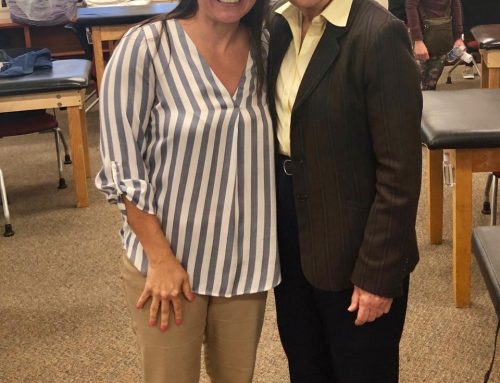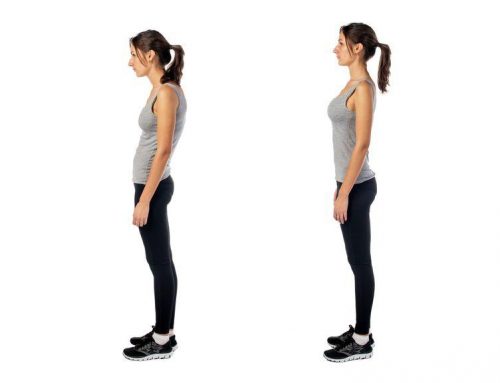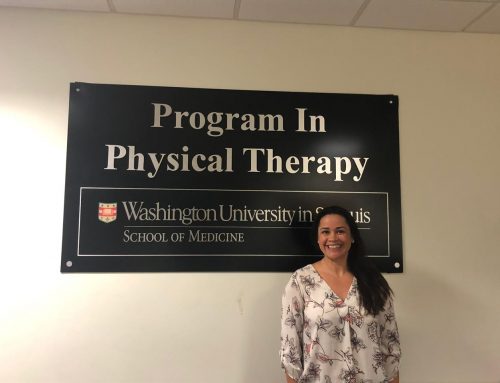Plantar Fascitis: Are Pain and Fascial Thickness Associated With Arch Shape and Loading?
PHYS THER Vol. 87, No. 8, August 2007, pp. 1002-1008 DOI: 10.2522/ptj.20060136
|
|
Plantar Fasciitis: Are Pain and Fascial Thickness Associated With Arch Shape and Loading?
Scott C Wearing, James E Smeathers, Patrick M Sullivan, Bede Yates, Stephen R Urry and Philip Dubois
SC Wearing, PhD, is Research Fellow, Centre of Excellence for Applied Sport Science Research, Queensland Academy of Sport, Queensland, Australia, and Institute of Health and Biomedical Innovation, Queensland University of Technology, corner of Blamey St and Musk Ave, Kelvin Grove, Queensland 4059, Australia. Dr Wearing also is Academic Fellow, HealthQWest, Bioengineering Unit, University of Strathclyde, Glasgow, Scotland. JE Smeathers, PhD, is Senior Lecturer, Institute of Health and Biomedical Innovation, Queensland University of Technology. PM Sullivan, BAppSci (Med Rad Tech), Grad Dip App Sci (Med US), is Chief Sonographer, Queensland X-ray, Mater Private Hospital, South Brisbane, Queensland, Australia. B Yates, BAppSci (Med Rad Tech), is Chief Radiographer, Queensland X-ray, Mater Private Hospital, South Brisbane, Queensland, Australia. SR Urry, PhD, is Senior Lecturer, Institute of Health and Biomedical Innovation, Queensland University of Technology. P Dubois, MB, BS, FRCR, FRACR, is Chairman and CEO, Queensland X-ray, Mater Private Hospital, South Brisbane, Queensland, Australia. Address all correspondence to Dr Wearing at: s.wearing@qut.edu.au
Background and Purpose: Although plantar fascial thickening is a sonographic criterion for the diagnosis of plantar fasciitis, the effect of local loading and structural factors on fascial morphology are unknown. The purposes of this study were to compare sonographic measures of fascial thickness and radiographic measures of arch shape and regional loading of the foot during gait in individuals with and without unilateral plantar fasciitis and to investigate potential relationships between these loading and structural factors and the morphology of the plantar fascia in individuals with and without heel pain. Subjects: The participants were 10 subjects with unilateral plantar fasciitis and 10 matched asymptomatic controls. Methods: Heel pain on weight bearing was measured by a visual analog scale. Fascial thickness and static arch angle were determined from bilateral sagittal sonograms and weight-bearing lateral foot roentgenograms. Regional plantar loading was estimated from a pressure plate. Results: On average, the plantar fascia of the symptomatic limb was thicker than the plantar fascia of the asymptomatic limb (6.1±1.4 mm versus 4.2±0.5 mm), which, in turn, was thicker than the fascia of the matched control limbs (3.4±0.5 mm and 3.5±0.6 mm). Pain was correlated with fascial thickness, arch angle, and midfoot loading in the symptomatic foot. Fascial thickness, in turn, was positively correlated with arch angle in symptomatic and asymptomatic feet and with peak regional loading of the midfoot in the symptomatic limb. Discussion and Conclusion: The findings indicate that fascial thickness and pain in plantar fasciitis are associated with the regional loading and static shape of the arch. To obtain full text: http://www.ptjournal.org/cgi/content/abstract/87/8/1002?etoc
PHYS THER Vol. 87, No. 8, August 2007, pp. 1002-1008 DOI: 10.2522/ptj.20060136
|
|
Plantar Fasciitis: Are Pain and Fascial Thickness Associated With Arch Shape and Loading?
Scott C Wearing, James E Smeathers, Patrick M Sullivan, Bede Yates, Stephen R Urry and Philip Dubois
SC Wearing, PhD, is Research Fellow, Centre of Excellence for Applied Sport Science Research, Queensland Academy of Sport, Queensland, Australia, and Institute of Health and Biomedical Innovation, Queensland University of Technology, corner of Blamey St and Musk Ave, Kelvin Grove, Queensland 4059, Australia. Dr Wearing also is Academic Fellow, HealthQWest, Bioengineering Unit, University of Strathclyde, Glasgow, Scotland. JE Smeathers, PhD, is Senior Lecturer, Institute of Health and Biomedical Innovation, Queensland University of Technology. PM Sullivan, BAppSci (Med Rad Tech), Grad Dip App Sci (Med US), is Chief Sonographer, Queensland X-ray, Mater Private Hospital, South Brisbane, Queensland, Australia. B Yates, BAppSci (Med Rad Tech), is Chief Radiographer, Queensland X-ray, Mater Private Hospital, South Brisbane, Queensland, Australia. SR Urry, PhD, is Senior Lecturer, Institute of Health and Biomedical Innovation, Queensland University of Technology. P Dubois, MB, BS, FRCR, FRACR, is Chairman and CEO, Queensland X-ray, Mater Private Hospital, South Brisbane, Queensland, Australia. Address all correspondence to Dr Wearing at: s.wearing@qut.edu.au
Background and Purpose: Although plantar fascial thickening is a sonographic criterion for the diagnosis of plantar fasciitis, the effect of local loading and structural factors on fascial morphology are unknown. The purposes of this study were to compare sonographic measures of fascial thickness and radiographic measures of arch shape and regional loading of the foot during gait in individuals with and without unilateral plantar fasciitis and to investigate potential relationships between these loading and structural factors and the morphology of the plantar fascia in individuals with and without heel pain. Subjects: The participants were 10 subjects with unilateral plantar fasciitis and 10 matched asymptomatic controls. Methods: Heel pain on weight bearing was measured by a visual analog scale. Fascial thickness and static arch angle were determined from bilateral sagittal sonograms and weight-bearing lateral foot roentgenograms. Regional plantar loading was estimated from a pressure plate. Results: On average, the plantar fascia of the symptomatic limb was thicker than the plantar fascia of the asymptomatic limb (6.1±1.4 mm versus 4.2±0.5 mm), which, in turn, was thicker than the fascia of the matched control limbs (3.4±0.5 mm and 3.5±0.6 mm). Pain was correlated with fascial thickness, arch angle, and midfoot loading in the symptomatic foot. Fascial thickness, in turn, was positively correlated with arch angle in symptomatic and asymptomatic feet and with peak regional loading of the midfoot in the symptomatic limb. Discussion and Conclusion: The findings indicate that fascial thickness and pain in plantar fasciitis are associated with the regional loading and static shape of the arch. To obtain full text: http://www.ptjournal.org/cgi/content/abstract/87/8/1002?etoc





